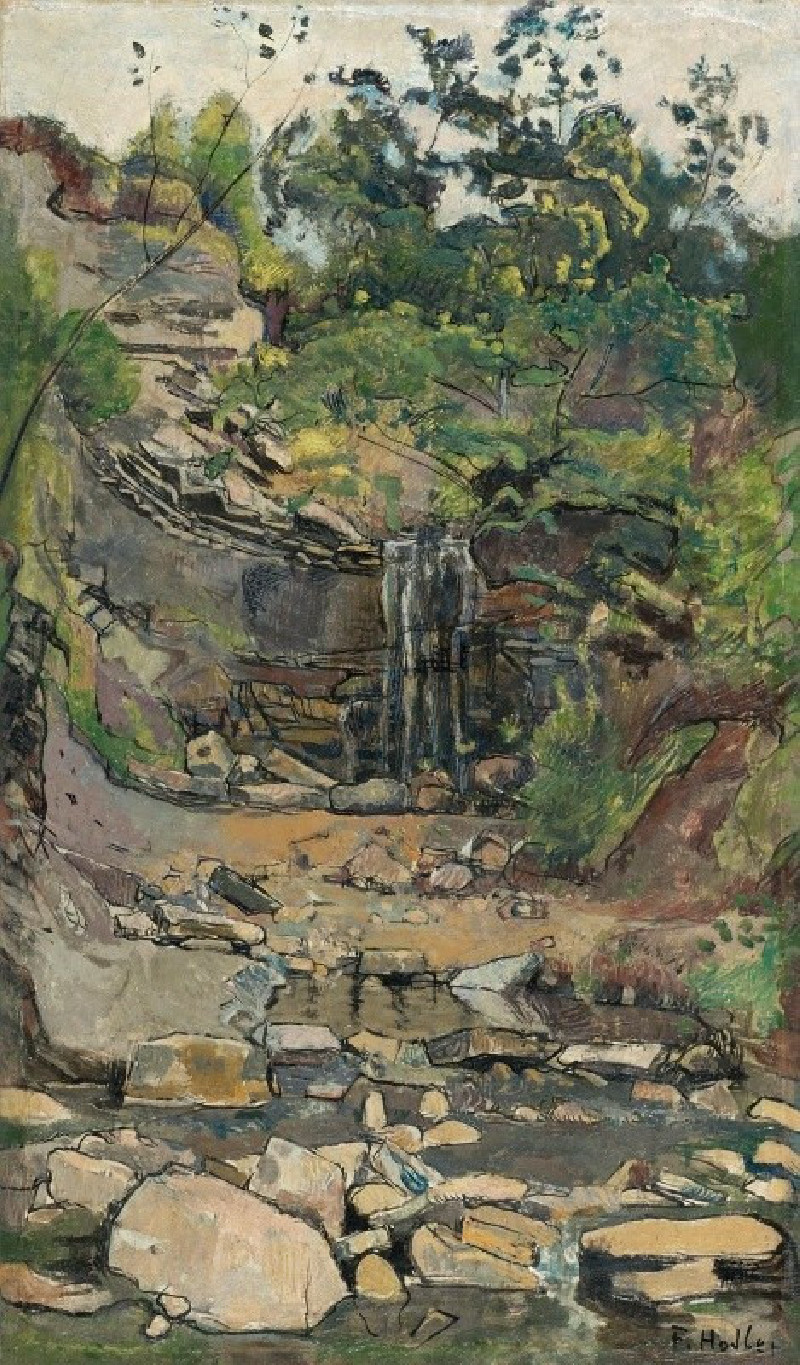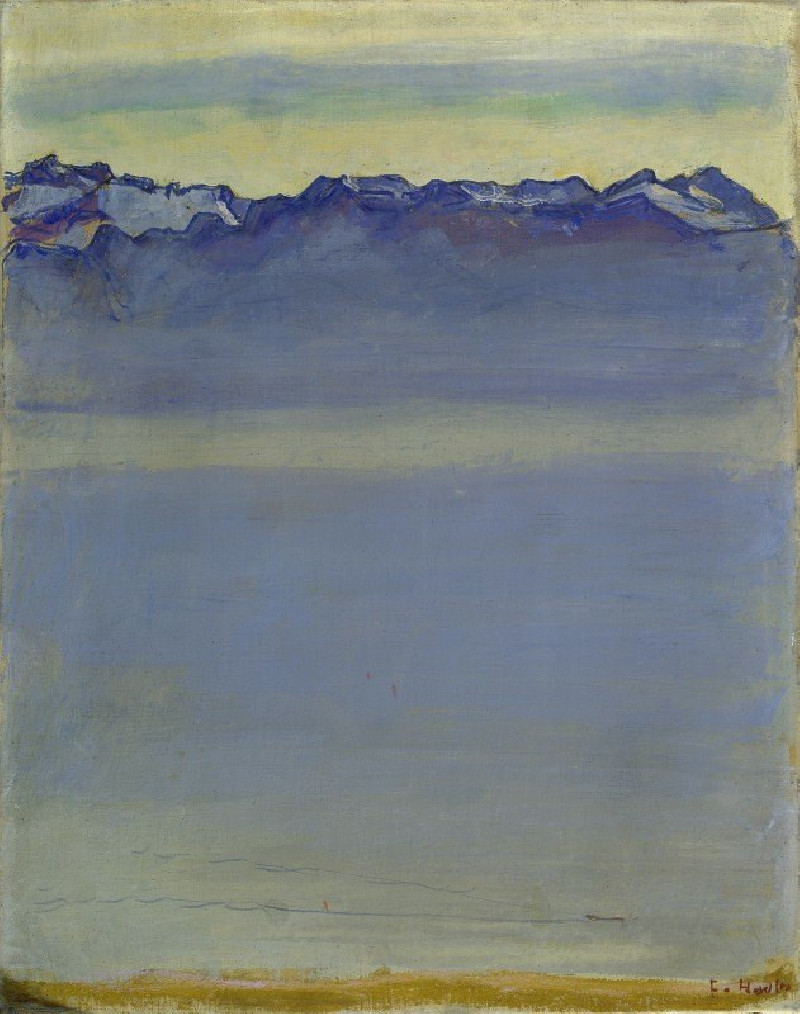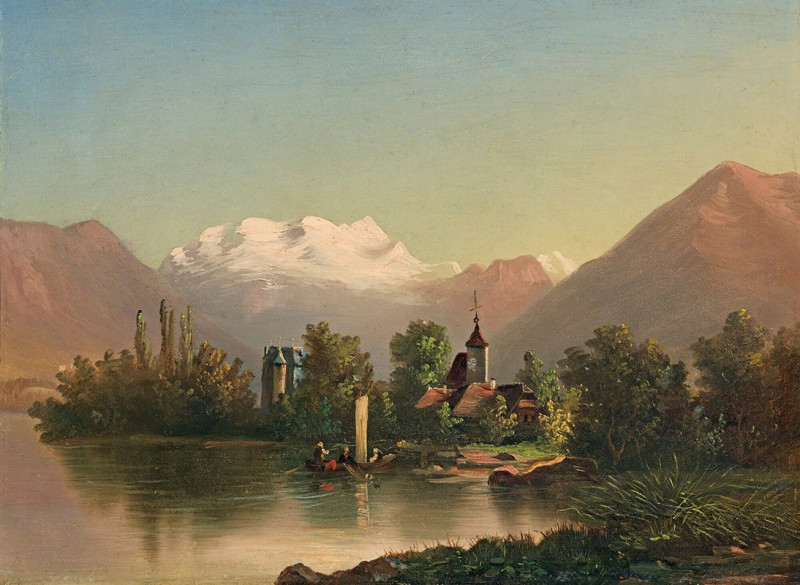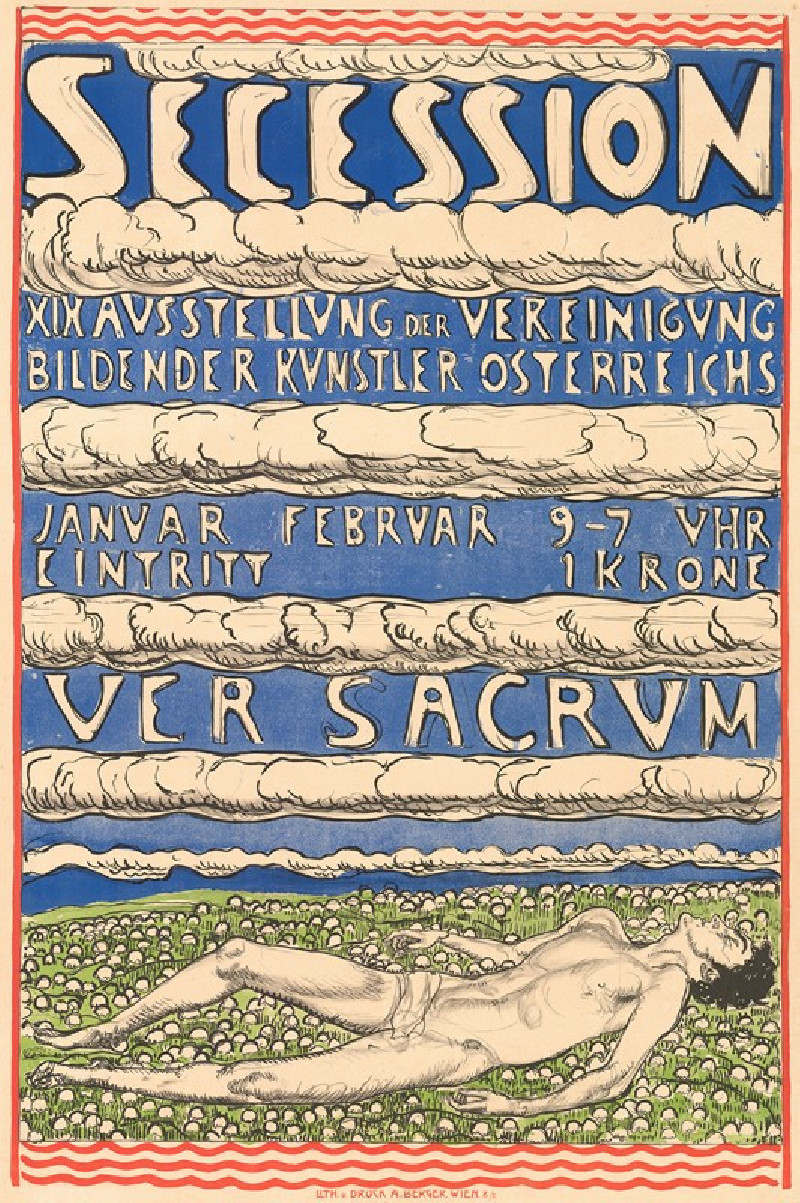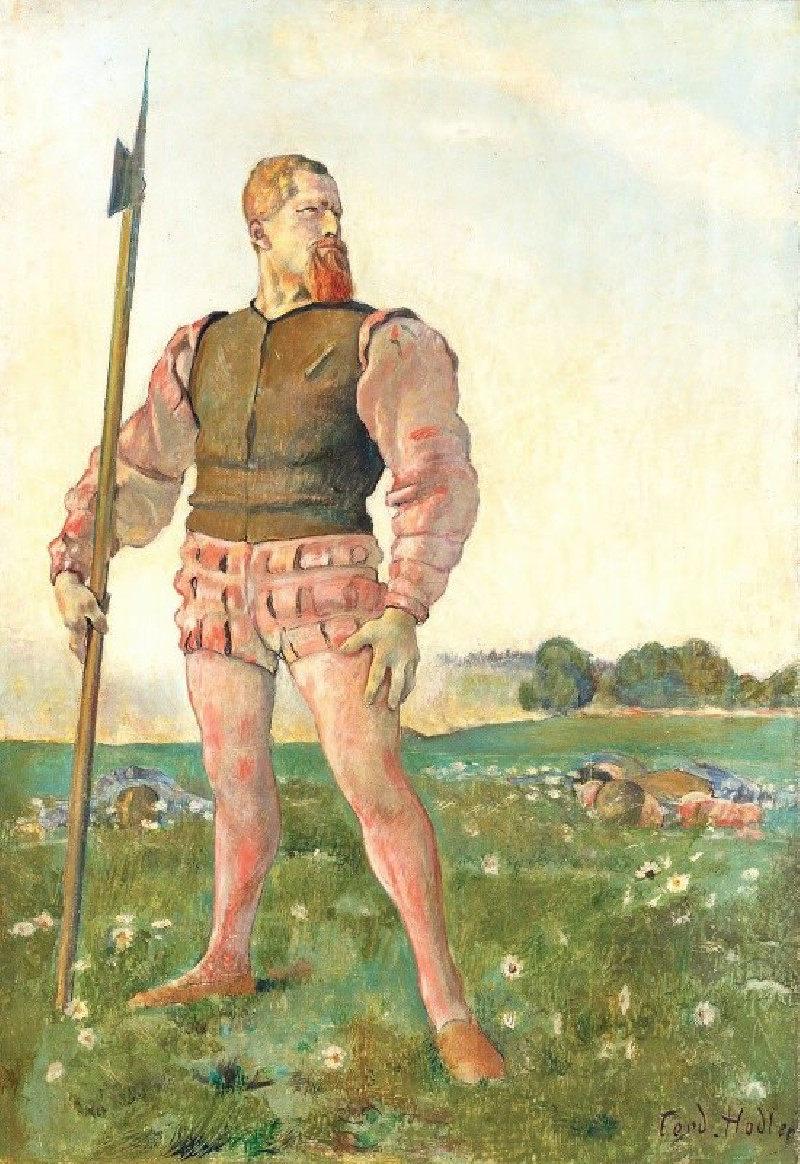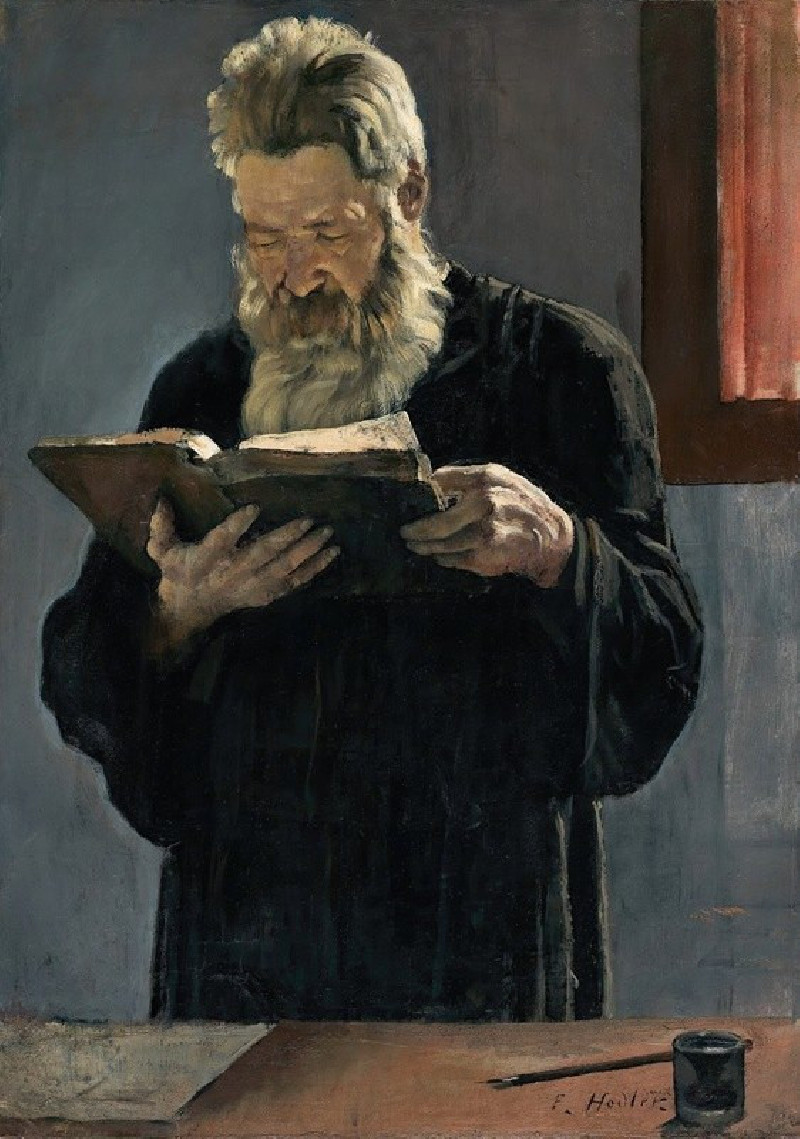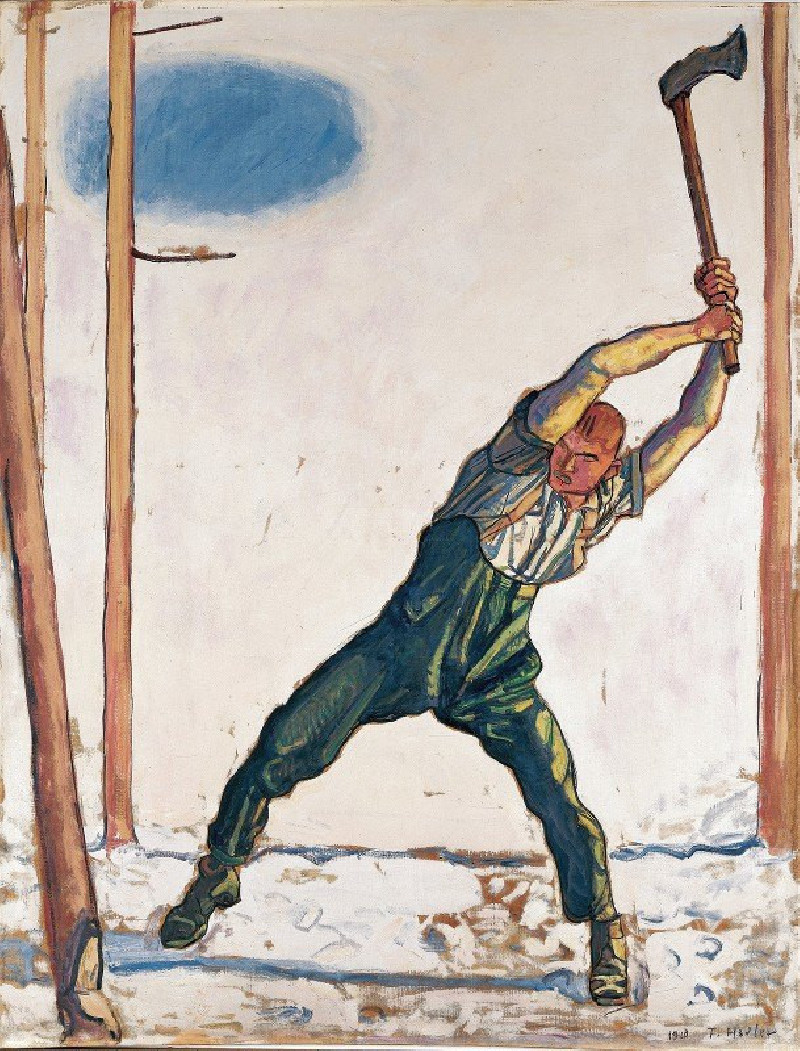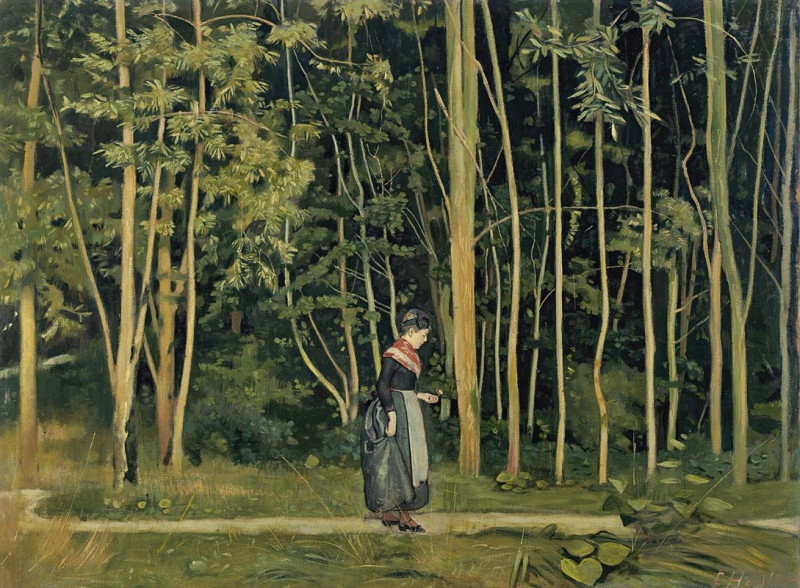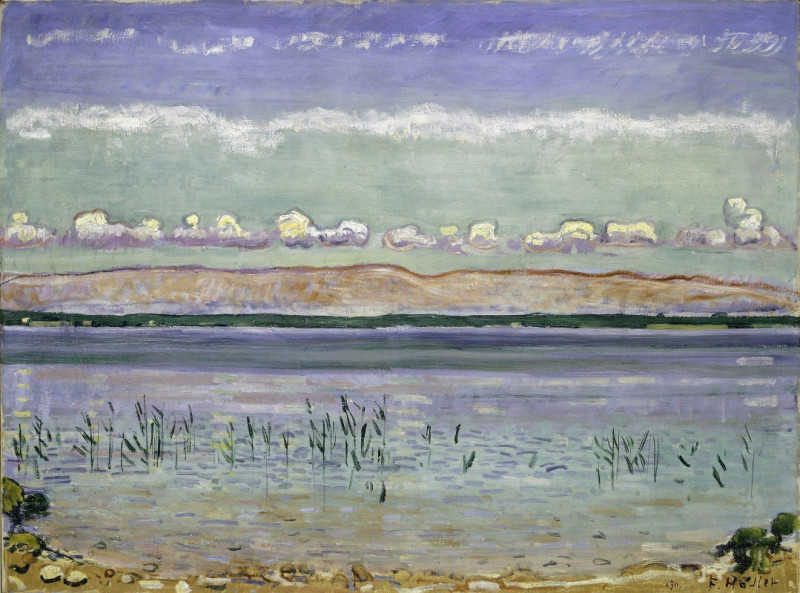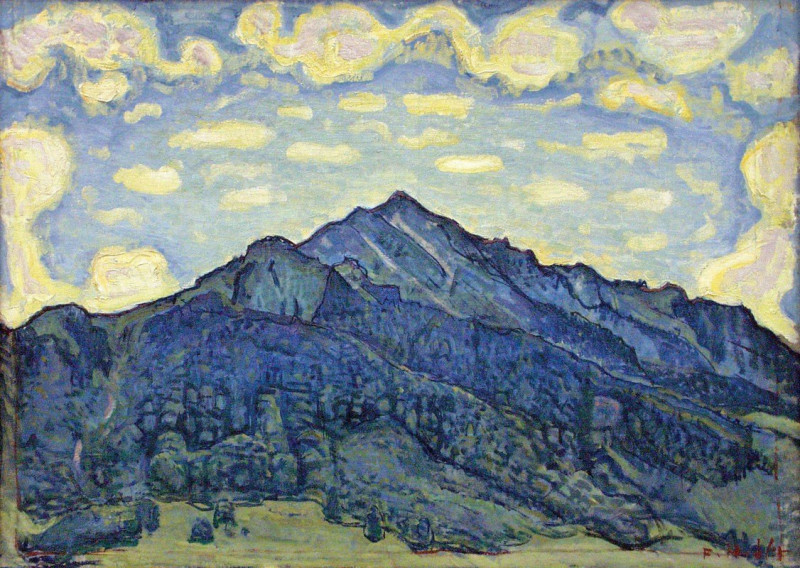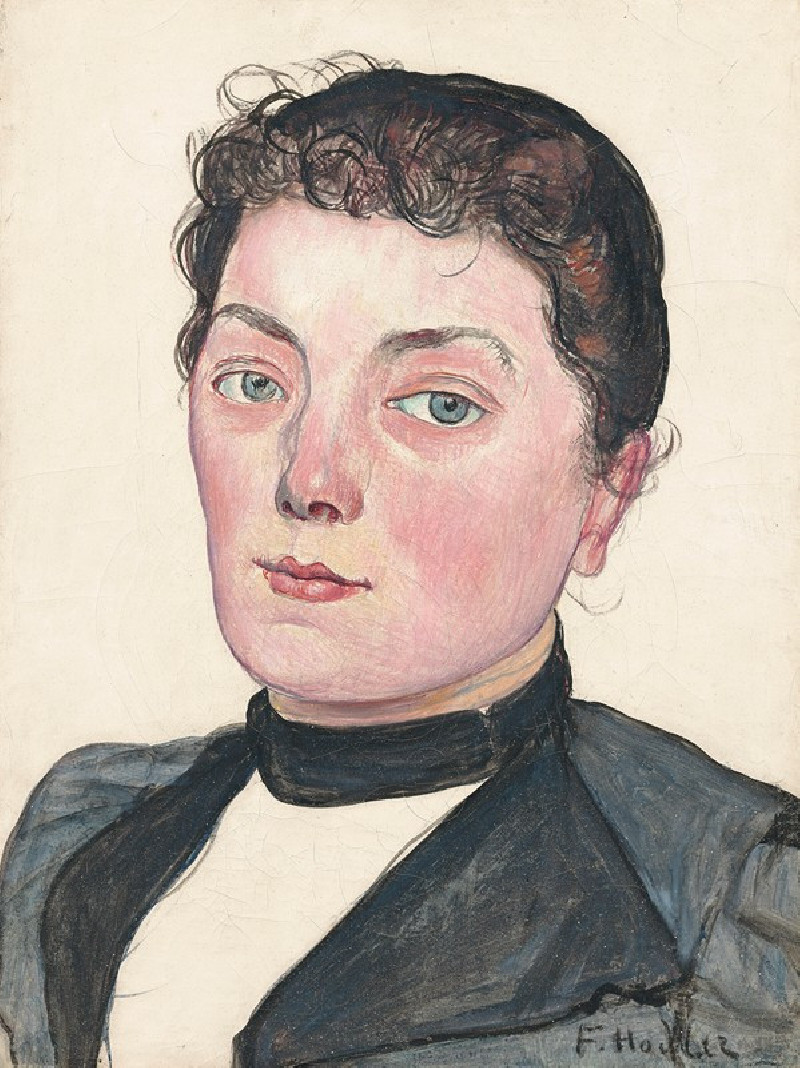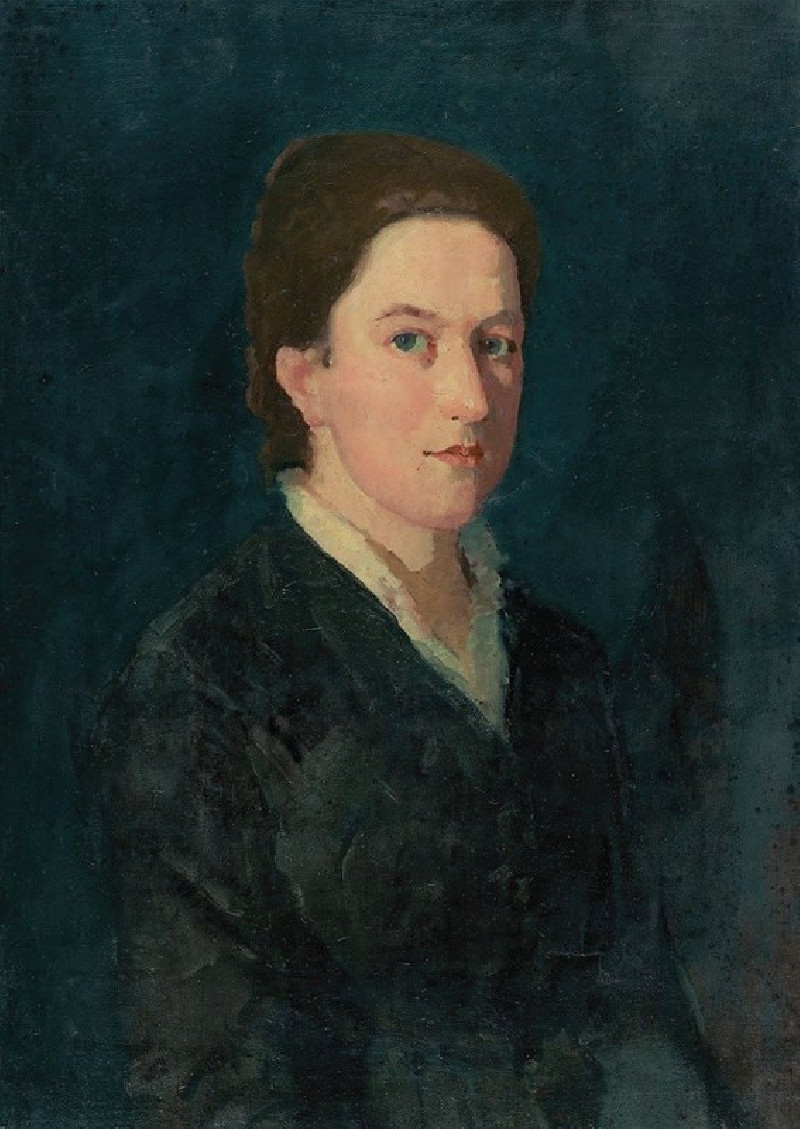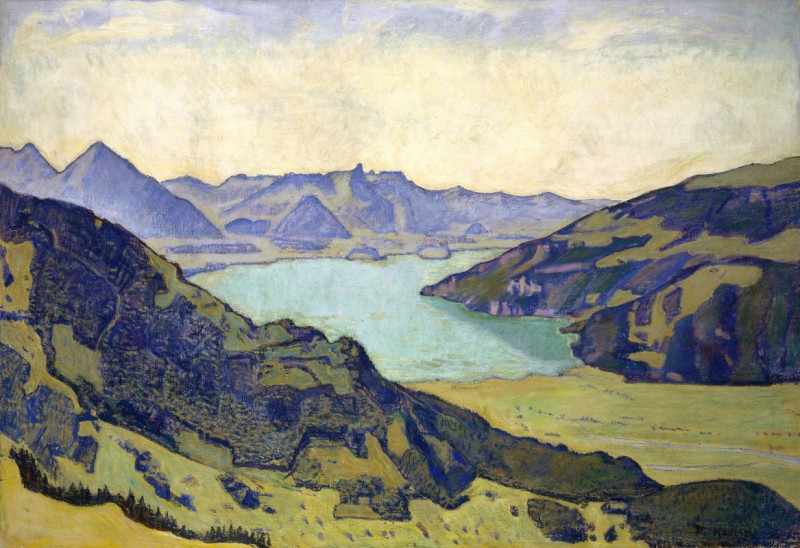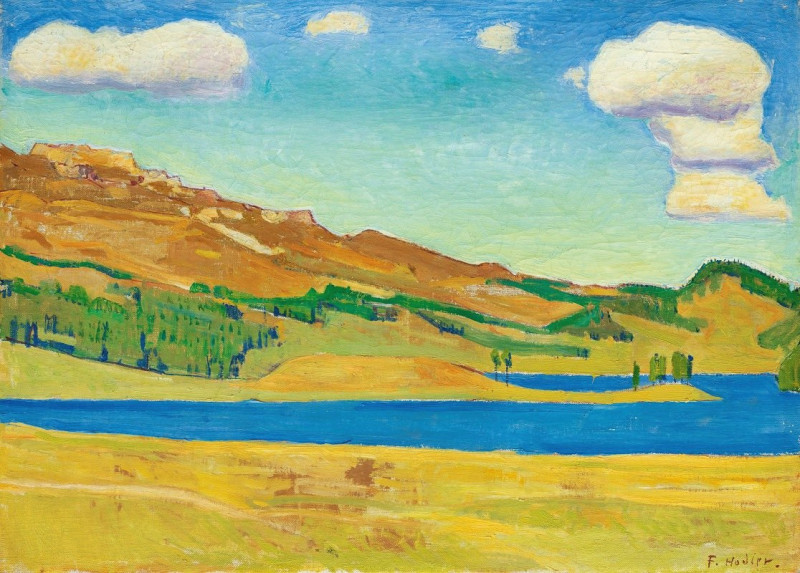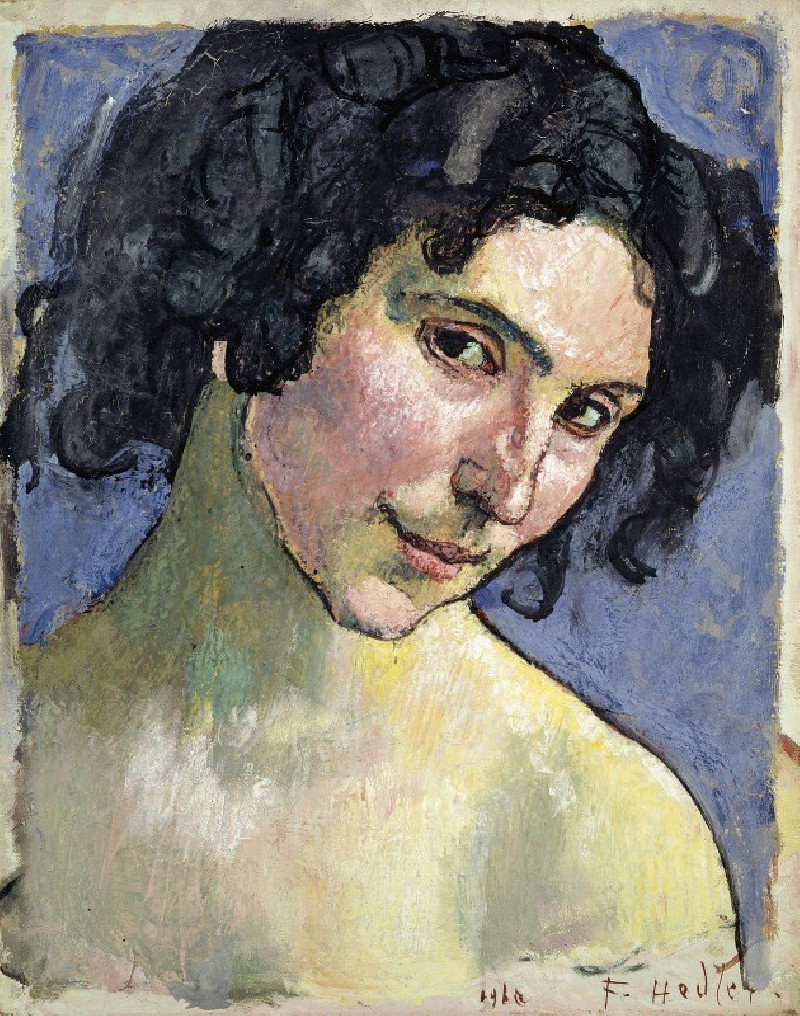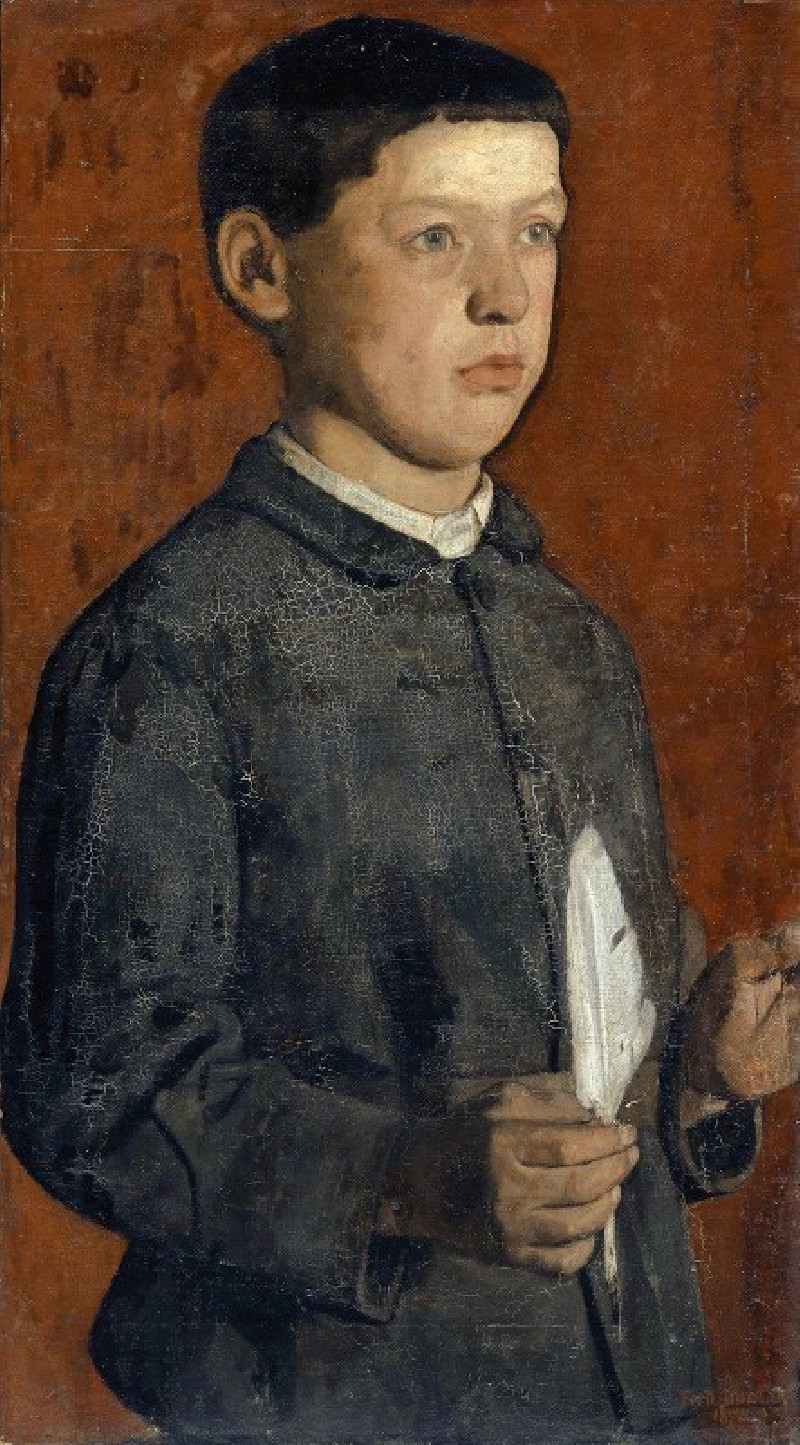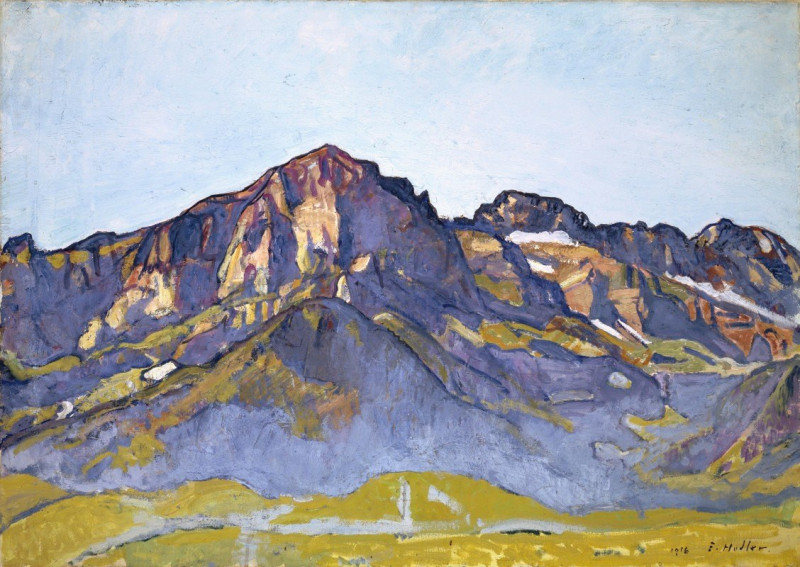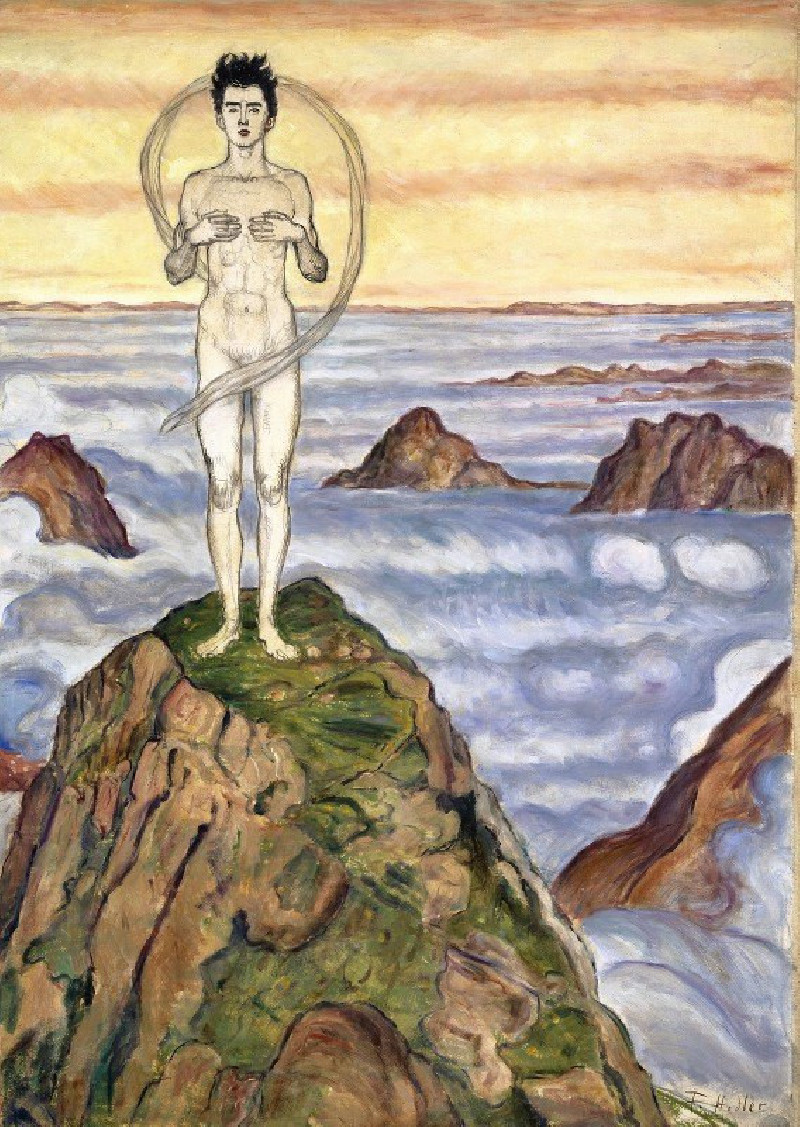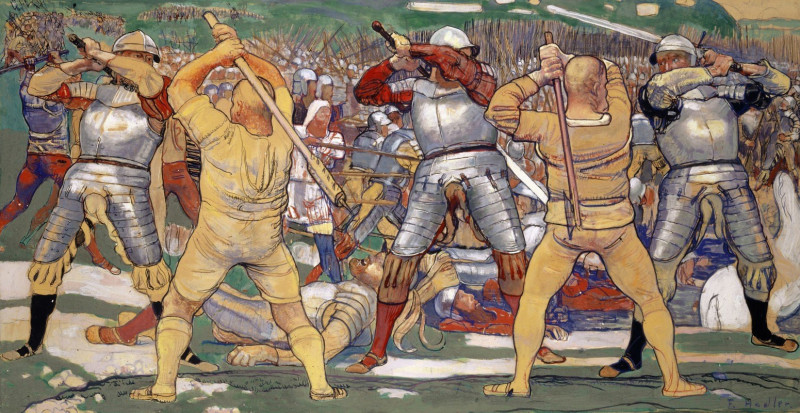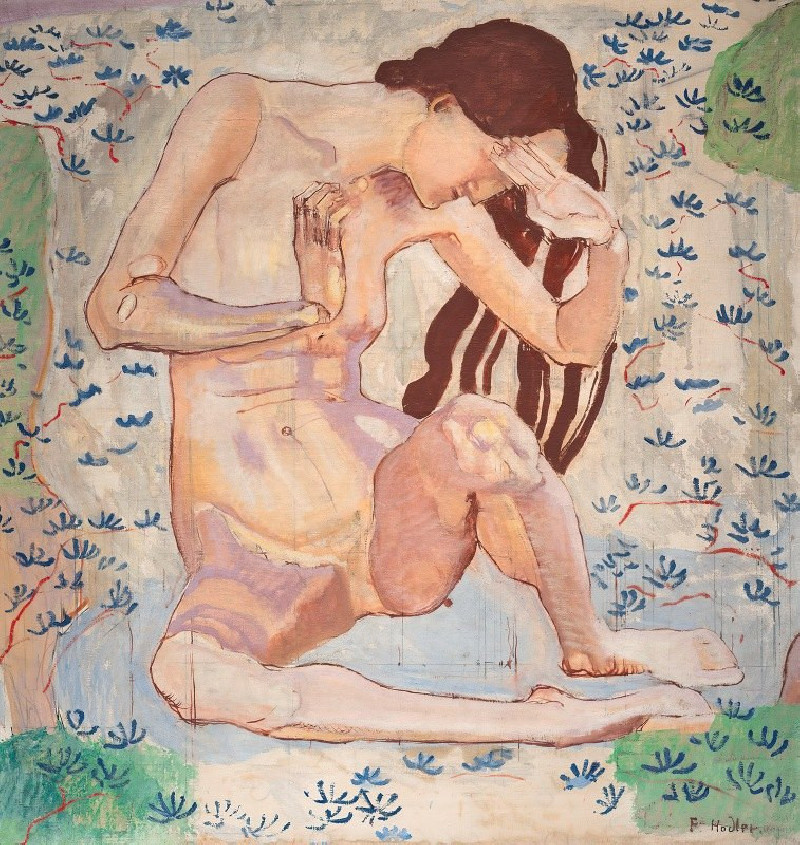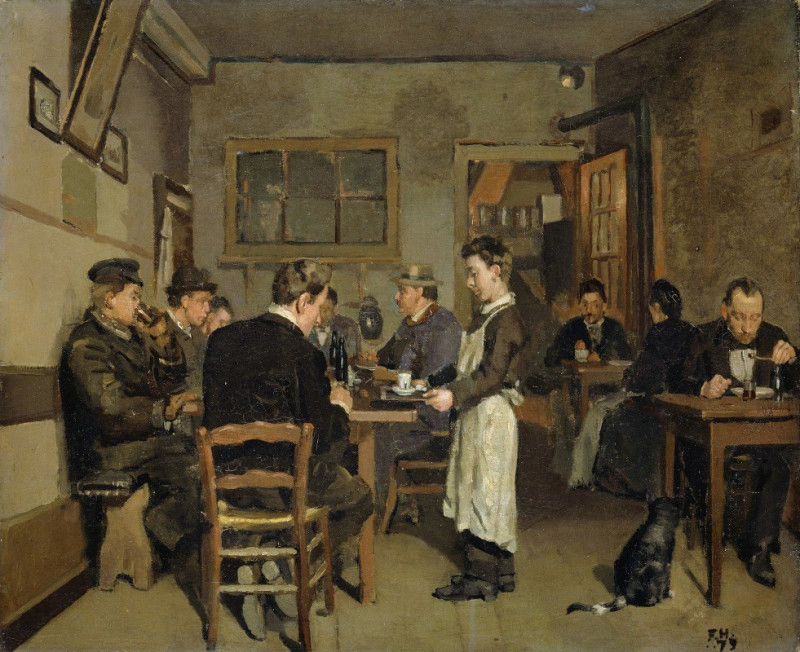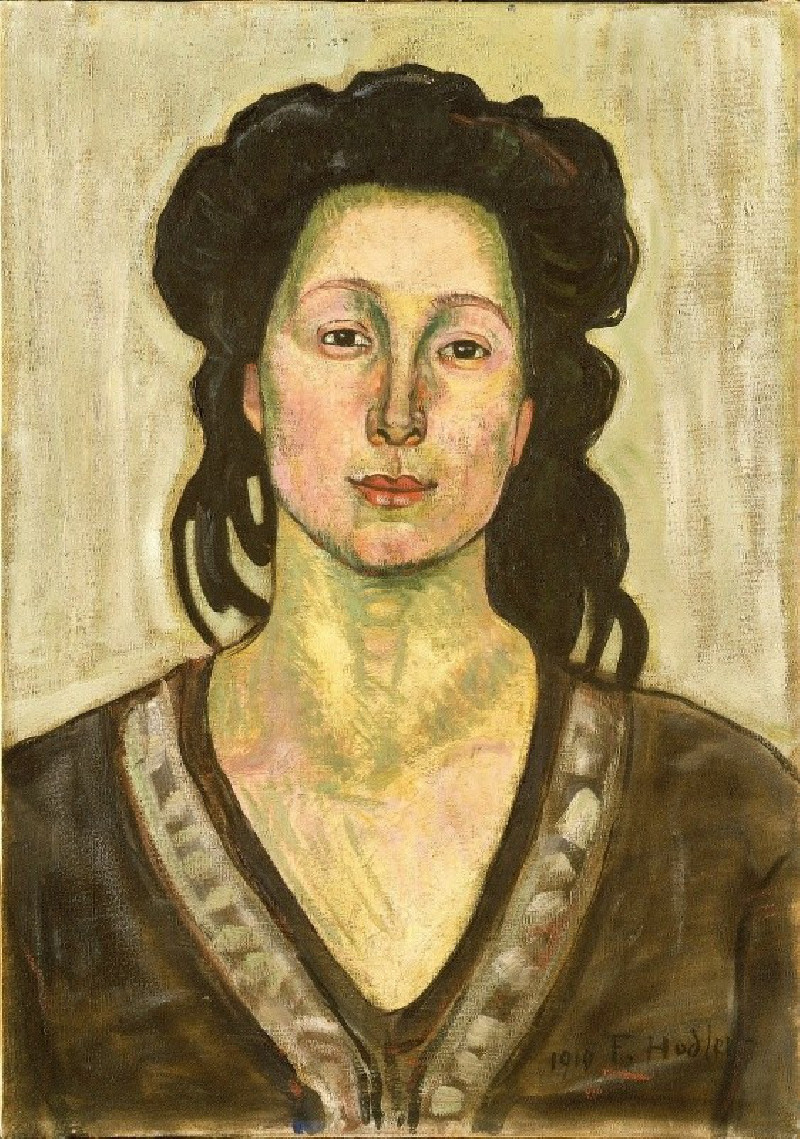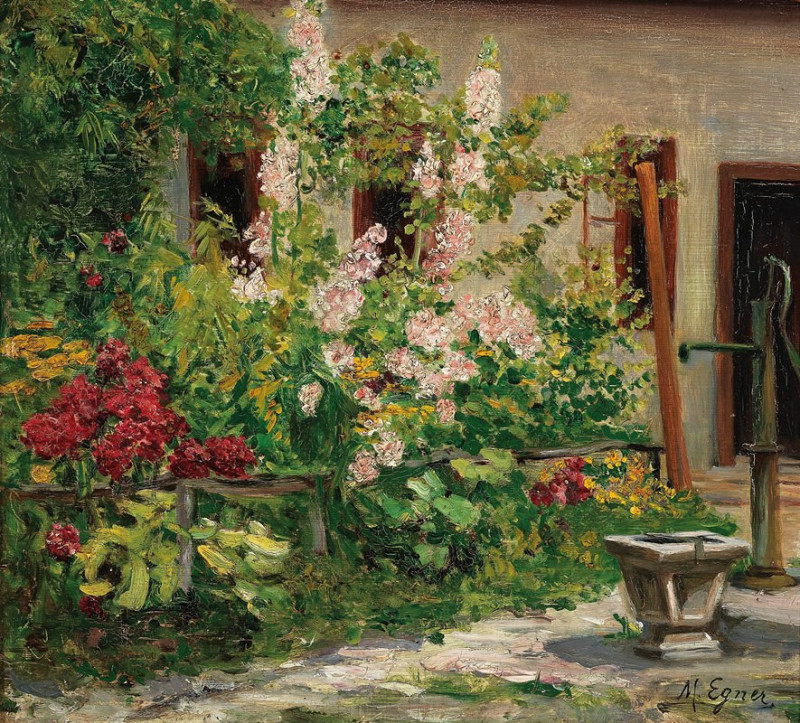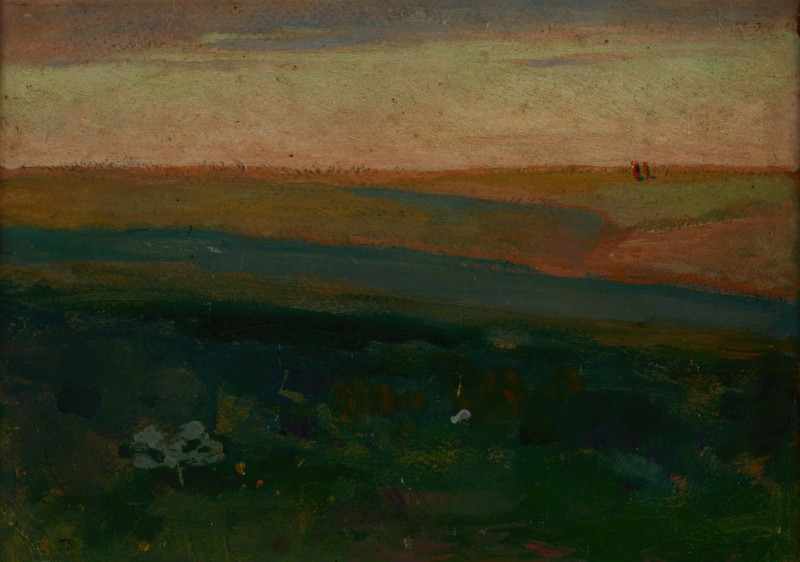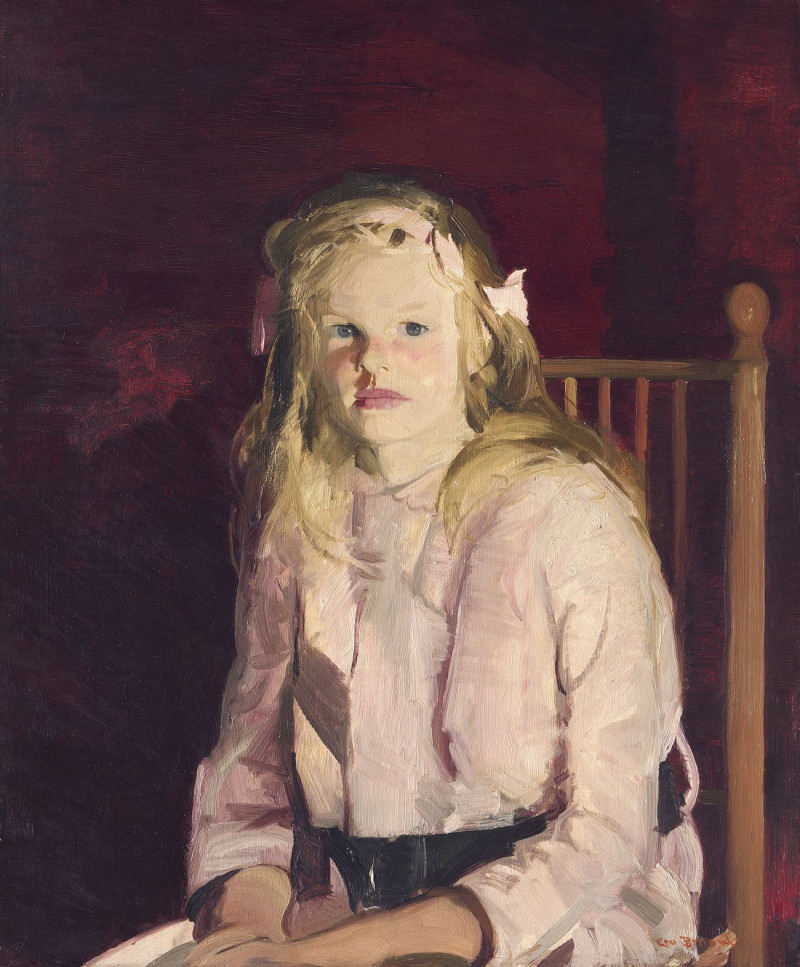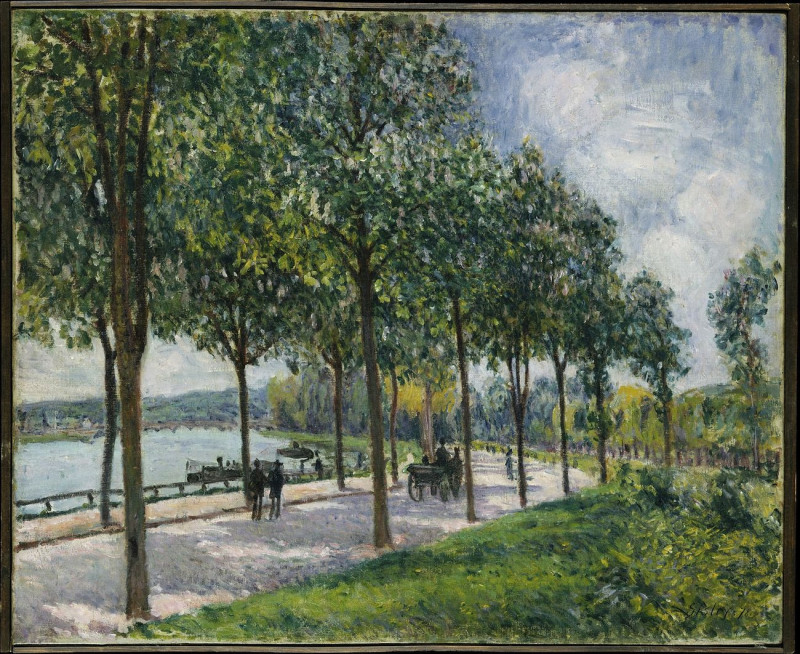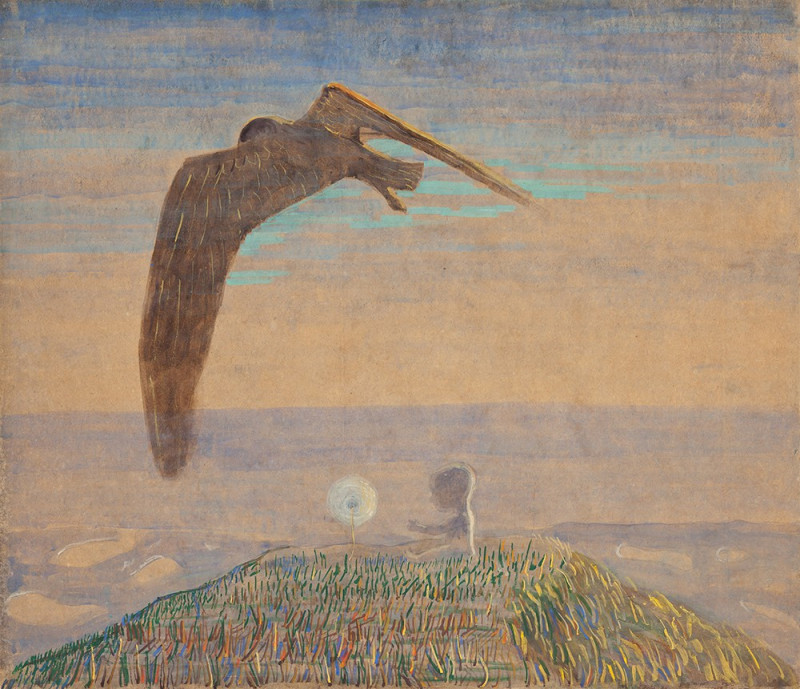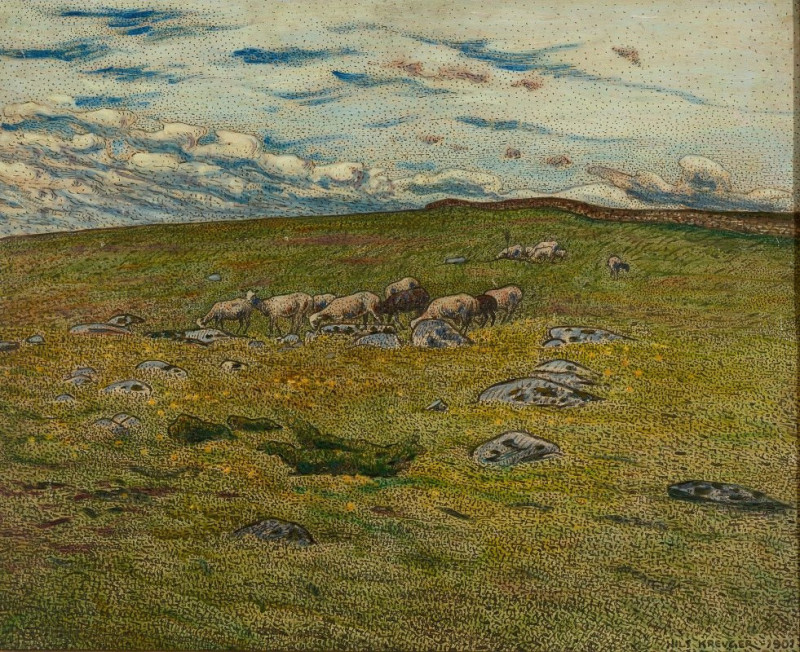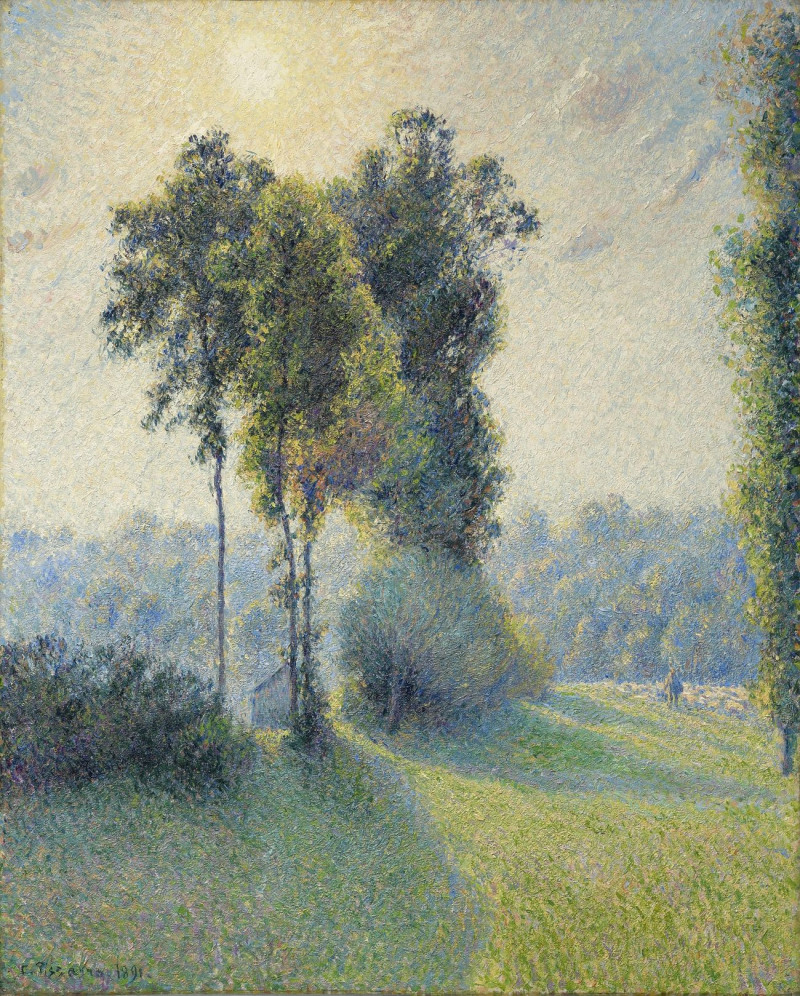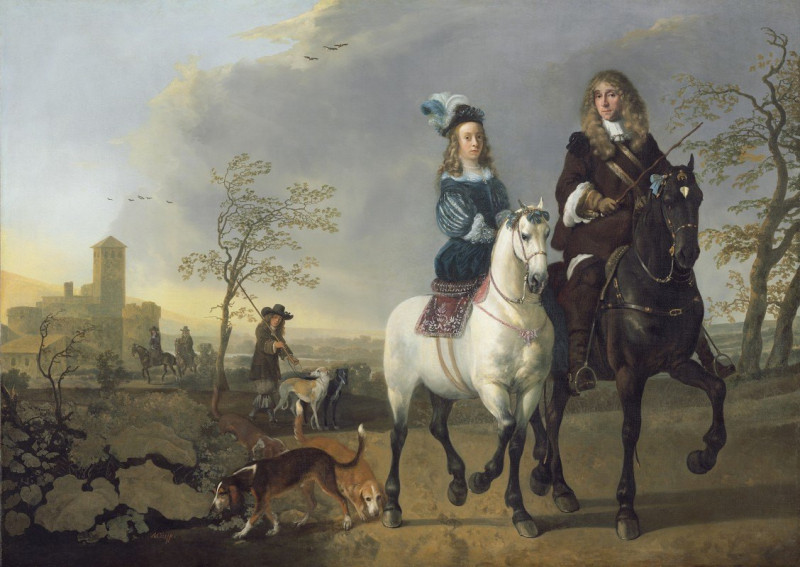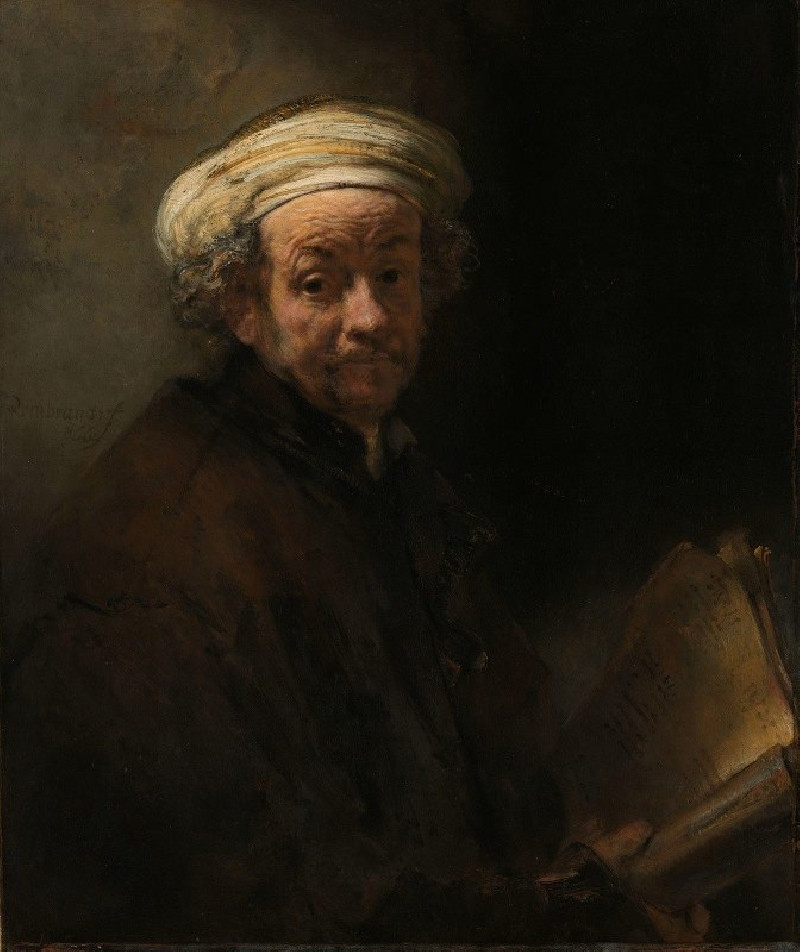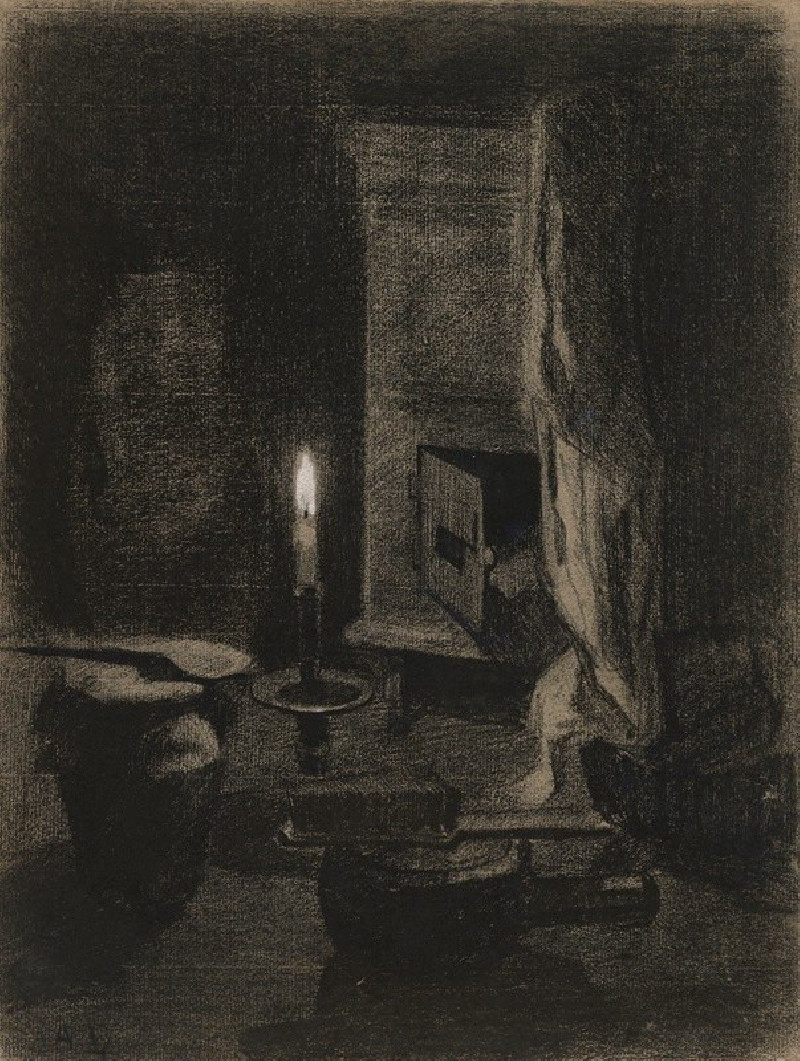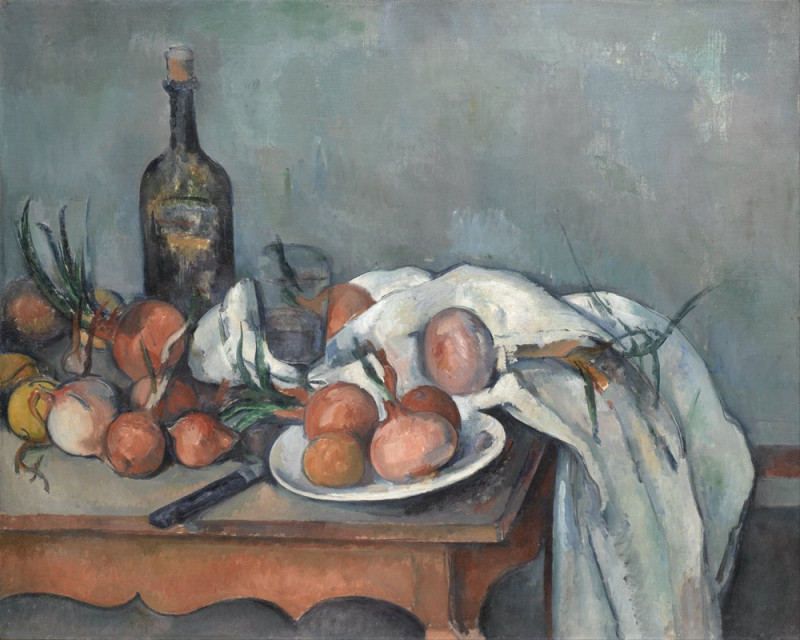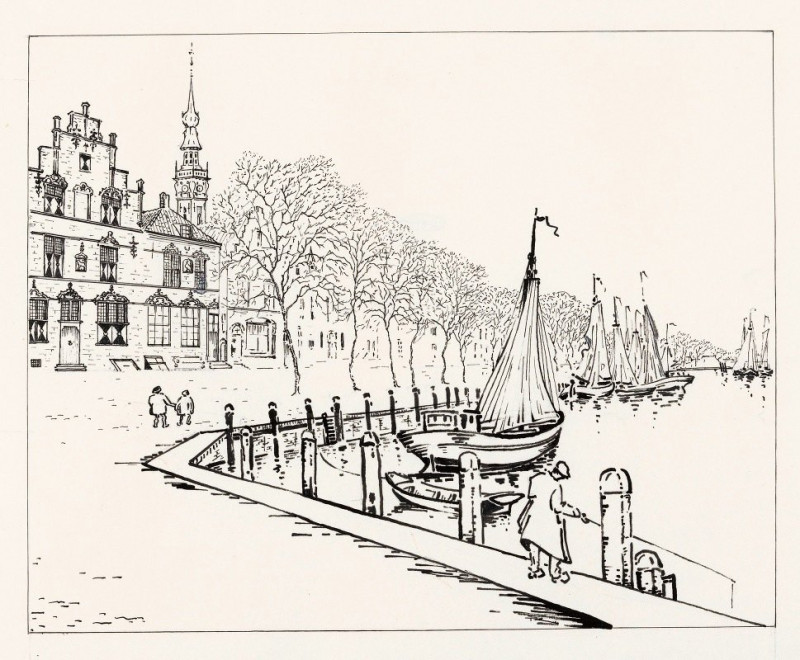Gaze Into Infinity (Head Study)
Technique: Giclée quality print
Recommended by our customers
More about this artwork
Ferdinand Hodler's "Gaze Into Infinity (Head Study)" is a captivating exploration of human expression rendered with bold, expressive strokes. In this painting, the viewer is met with the intense, almost piercing gaze of a figure whose features are depicted in a loose yet impactful style. The use of thick, confident brushwork and a restrained palette highlights the emotional depth and psychological intensity of the subject.Hodler's work often reflects a deep interest in the symbolic and emotional resonance of human faces, and this painting is no exception. The face, tilted slightly upwards as if lost in thought or fixed on a distant point, exudes a sense of introspection and perhaps a hint of melancholy. The rich textures, from the rough strokes forming the hair to the smoother ones shaping the face, convey a profound sense of individuality and a moment captured in time.This artwork, notable for its modern approach and emotional depth, showcases Hodler's unique ability to marry form and content, creating a piece that mesmerizes and engages the viewer.


